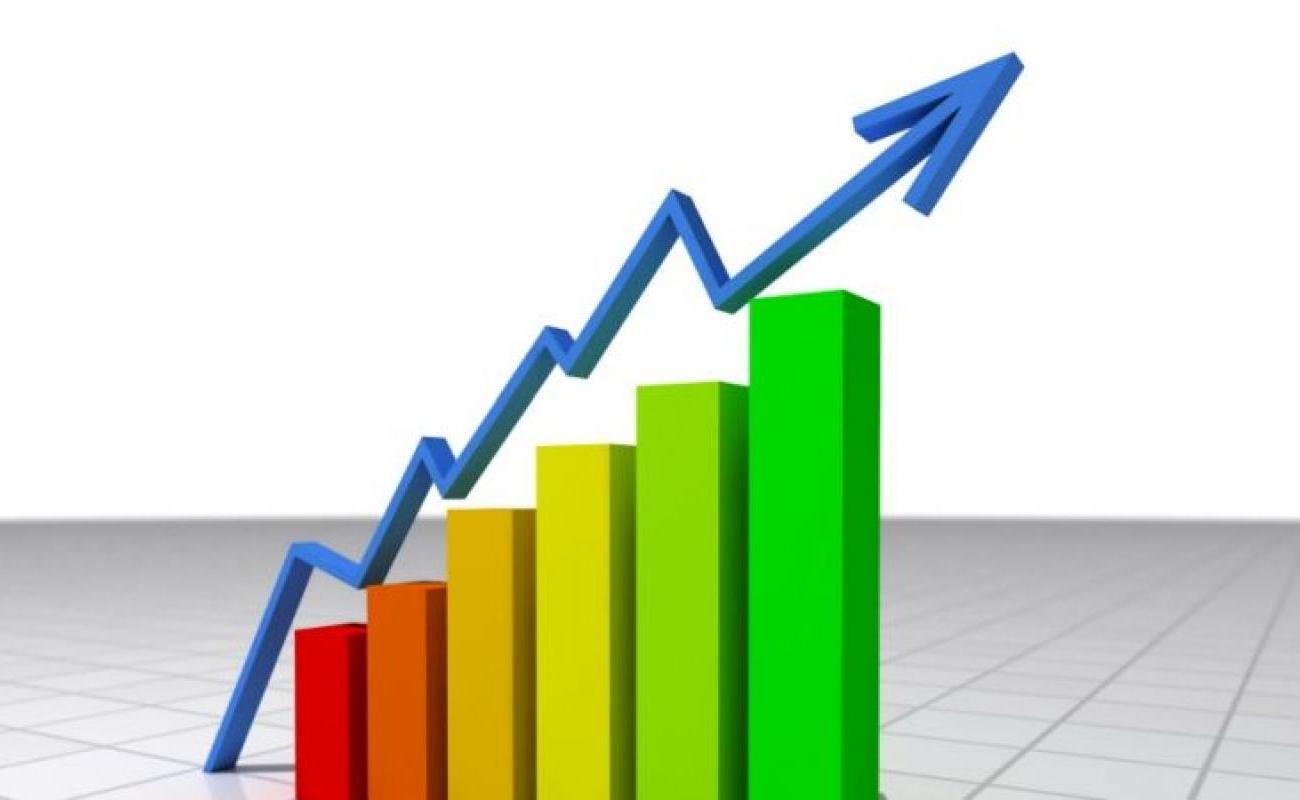Western Balkans economies recover faster than expected
Growth underpinned by rising exports and strong rebound in hospitality sector · EBRD raises growth forecast for the Western Balkans economies to 6.4 per cent in 2021 · EU recovery boosts export and industrial growth as good tourist season buoys hospitality · Inflationary pressures and external conditions, may hinder future recovery

The European Bank for Reconstruction and Development (EBRD) has raised its forecast for the Western Balkans region to 6.4 per cent for 2021 in its latest Regional Economic Prospects (REP) report, published today.
This significant upward revision reflects better-than-expected output in the first half of the year and indications of continued growth momentum in the third quarter. Industrial production and rising exports to the European Union (EU) are supporting growth in Bosnia and Herzegovina, North Macedonia and Serbia, while Albania, Kosovo and Montenegro are benefitting from a
strong rebound in the hospitality sector over the summer months. The recovery is also being driven by the expansion of household consumption, enabled by growing remittances, increases in nominal wages and credit growth in most of the region’s economies.
Similar to other EBRD regions, in the Western Balkans, consumer prices have been rising gradually since the beginning of 2021 on the back of higher food and energy prices. Fiscal policy has remained accommodative and monetary policy rates are at historical lows to support the economy. The likelihood of tightening is increasing, however, amid persistent growth in prices and inflationary trends in the eurozone.
Ana Krešić, EBRD Regional Economist for the Western Balkans, said: “While the signs of economic recovery in the Western Balkans have been strong so far, significant uncertainties remain, in particular those connected to the future path of the pandemic and the potential worsening of external conditions.”
Economies across the EBRD regions are expected to grow by 5.5 per cent this year. While this is an upward revision of 1.3 percentage points from the June forecast following a strong performance in the first half of the year, the Bank also warns of risks ahead.
EBRD Chief Economist Beata Javorcik said: “This is a bittersweet recovery. The first half of 2021 brought a robust rebound. But we are now seeing growing cause for concern. While high commodity prices benefit exporters, they weigh heavily on the trade balances of importers. The supply of affordable energy as we enter the winter period is becoming a serious worry, especially as governments’ headroom is limited.”
Fiscal vulnerabilities have increased as governments have put in place large stimulus packages in response to the Covid-19 crisis. Public debt in the EBRD regions increased by an average of 13 percentage points of GDP since the end of 2019. While borrowing costs remain below pre-crisis levels in most economies, they have risen sharply in some countries.
Western Balkans ‒ country overview
Albania has posted positive economic growth for three consecutive quarters, driven by expanding domestic and external demand. Tourism rebounded strongly in the summer season 2021 with the number of foreign tourists nearly equalling pre-pandemic figures in the June-August period. The economy is expected to grow by 8.0 per cent in 2021 and by 3.7 per cent in 2022.
The economic performance of Bosnia and Herzegovina exceeded expectations in the second quarter of 2021 on the back a recovery in external markets and strong growth in domestic private consumption, supported by base effects. Exports of goods and services grew by more than 50 per cent in real terms yearonyear, thanks to the strong recovery in EU, its main export market. Short-term indicators of retail trade and industry point to the continued expansion of industrial production and services in the third quarter. The economy is expectedto expand by 4.5 per cent in 2021 and 3.0 per cent in 2022.
Kosovo’s economy is recovering largely thanks to a supportive external sector. Exports of services ‒ more than four times goods exports prior to the pandemic ‒ doubled in the first seven months compared with the same period of 2020, mainly due to travel-related inflows. Goods exports grew strongly as well. Household consumption is being propped up by a growing inflow of remittances and credit expansion. The economy is forecast to grow by 7.7 per cent in 2021 and 4.5 in 2022.
The economy of Montenegro has started to recover strongly following one of the worst contractions in the EBRD regions in 2020. After a sluggish start, tourism picked up strongly in the summer, with the number of incoming foreign tourists and overnight stays in collective accommodation reaching around 85 per cent of 2019 levels in July-August. The government saw a significant boost in revenue over the summer months, propping up the fiscal accounts. GDP is forecast to grow by 12.3 per cent in 2021 and by 5.7 per cent in 2022.
A recovery is underway in North Macedonia, with growth driven by both domestic and external demand. Household consumption grew strongly, supported by increasing wages, credit growth and remittances (albeit still at relatively low levels compared with other regional economies). Exports of goods increased in both value and volume terms, in tandem with imports, driven by the recovery in the EU. The economy is forecast to grow by 4.0 per cent in both 2021 and 2022.
After a mild contraction in 2020, Serbia’s economy is growing strongly in 2021. The country’s strong expansion in exports and industry reflects the rebound in the eurozone, Serbia’s main trading partner, while robust household consumption growth has followed a period of pent-up demand. Foreign direct investment
recovered in the first half of 2021, almost to 2019 levels, which should facilitate future growth. Inflation increased to 5.7 per cent year on year in September 2021. Monetary policy has remained accommodative, with the central bank’s main policy rate at an all-time low of 1 per cent. The Serbian economy is forecast to grow by 6.5 per cent in 2021 and by 4.3 per cent in 2022.
